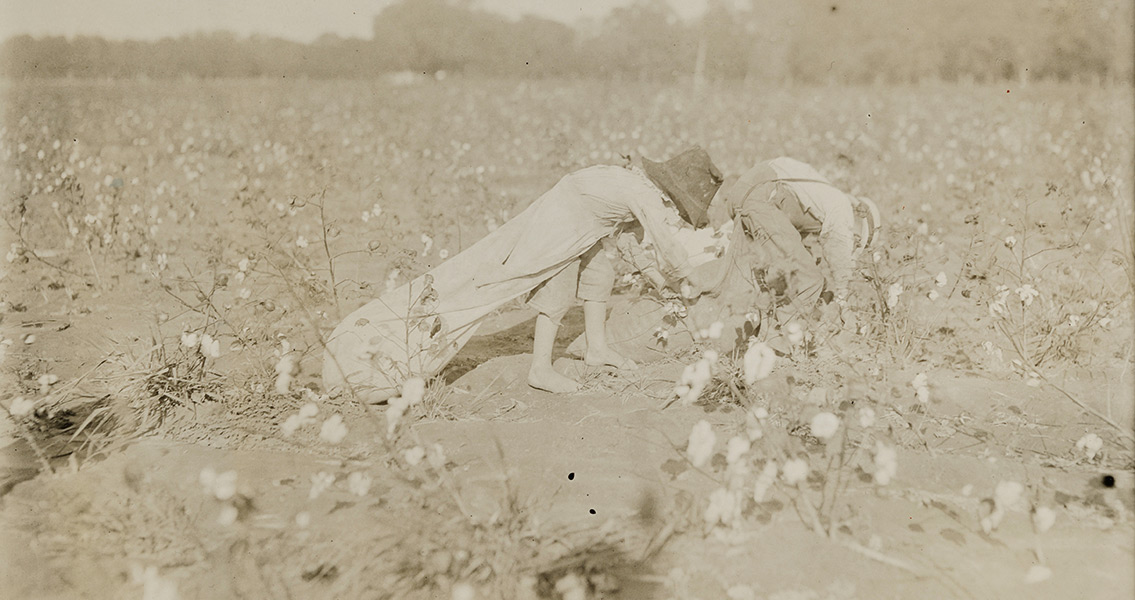<![CDATA[Modern investigative techniques used by forensic anthropologists to examine the remains of victims of crime can be adapted for the use of biological anthropologists, according to new guidance published by North Carolina State University. Forensic anthropology experts at NC State, who are adept at deciphering evidence of trauma left over in skeletal remains in order to solve crime, say that the modern-day techniques they have developed and perfected in analyzing victims of child abuse can be used in nearly the same way to see how children of ancient cultures were treated. University professor Ann Ross, lead author of the research paper in which the work is described, said that thanks to the useful yet unfortunate experience forensic anthropologists have in analyzing the skeletal remains of young children it can be determined with high levels of accuracy what kind of treatment they received prior to their death, and also what the circumstances of that death entailed. In a press release published by NC State, the anthropology professor added that insight into the behavior of not just historic populations but prehistoric ones as well can be found by applying these same techniques to ancient remains – especially in the case of children. The goal of the research was to provide as many clinical research methods as possible for biological anthropologists to interpret physical data. The telltale signs left behind on the skeletons of children when it comes to not just murder but abuse and even child labor are unmistakable thanks to the vast differences between child skeletons and adult ones, Ross added. This is because children’s skeletons are more than just miniature versions of adult skeletons. The researchers point out in their paper how the skeletons of children undergo changes in biomechanics and also healing, (all dependent on the age of the child) and how much can be gleaned from differentiating between what is evidence of obviously accidental injuries and the telltale signs of intentional abuse. Ross said there are several red flags when it comes to indicators of abuse, one of which is a multitude of fractures in the ribs all at different stages of the healing process. There are even telltale signs to help differentiate active physical abuse and the type of markers left by absence of care – more commonly known as child neglect. A case study included in the research offers a modern-day instance of this differentiation, showing how what seemed like an open-and-shut case of a child being physically abused turned out to be a case of neglect. The surprising conclusion was reached by highlighting skeletal abnormalities that could have only been caused by conditions such as scurvy and rickets. The research document, which was recently published in the scientific journal “Clinical Anatomy,” can be found online here Image courtesy of Wikimedia Commons user: Preus museum]]>
Modern Forensic Techniques Applied to Ancient Remains
